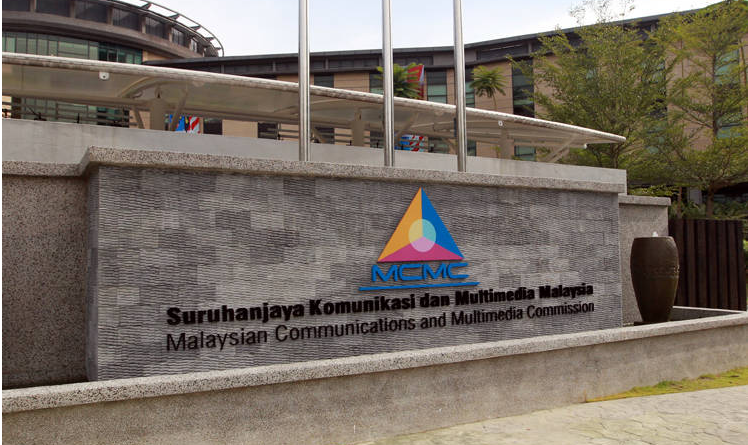NFCP to be equally funded USP fund, telcos — MCMC
KUALA LUMPUR: The estimated budget of RM21.6 billion for the National Fiberisation and Connectivity Plan (NFCP) will be equally funded the Universal Service Provision (USP) fund and telecommunications companies (telcos) operating in Malaysia, said the Malaysian Communications and Multimedia Commission (MCMC).
Its chairman Al-Ishsal Ishak said licensees will contribute 6% of their top line to the USP fund, while telcos will use part of their capital expenditure (capex).
“This issue has been politicised, with the society so engrossed in finding mistakes. Looking at our plans under the NFCP and based on certain assumptions on the number of towers and kilometres of fibre optics to be developed, we came up with the RM21.6 billion figure after discussions with the telcos,” he told a media briefing yesterday.
He said the NFCP will be explained in greater detail after its launch on Sept 19.
However, Al-Ishsal pointed out that the RM21.6 billion is just a “ballpark figure” and that the commission will fine-tune the budget in its upcoming quarterly reports on the NFCP, starting next year.
He likened the USP fund to a trust fund, which is managed the commission. The fund will be used to finance about half of the estimated investment requirement to execute the initiatives under the NFCP.
As at 2017, the USP fund has about RM8 billion to RM9 billion, with about RM4 billion to RM5 billion committed for the NFCP.
The updated numbers will be announced in the 2018 report, which Al-Ishsal said will be published soon.
The fund is necessary, he said, in order to ensure coverage for underserved areas.
“The fund will be covering the operating expenditure for the telecom towers until they become commercially viable. If the fund is not in place, some areas will probably never see improvement in coverage, as telcos will not set up towers there,” he said.
Besides setting up new towers, the commission is also looking to optimise resources such as in locations where there are multiple towers serving a relatively small area.
“In Tawau, for example, there is a large number of towers serving a small population, as each telco has its own tower. This is not only an eyesore, but [it] is also wasting foreign exchange as these towers require steel to be imported for construction, which results in unnecessary costs.
“We are encouraging telcos to share their infrastructure to make sure that things run more efficiently and costs are optimised,” Al-Ishsal said. MCMC yesterday unveiled several targets to be achieved under the NFCP:
- 2020, the commission hopes to lower the entry-level fixed broadband package at 1% of gross national income per capita and ensure gigabit-speed connection in selected industrial areas.
- 2021, it hopes to achieve 100% availability of a minimum 500Mbps connection for premises in state capitals and selected high impact areas.
- 2022, the commission hopes to see 20% availability of 500Mbps connection for premises in suburban and rural areas, as well as for the fibre network to pass through 70% of schools, hospitals, libraries, police stations and post offices.
- 2023, it hopes to achieve average speeds of 30Mbps in 98% of populated areas in Malaysia.
It also hopes for improved mobile coverage along the Pan Borneo Highway upon completion of the project.
Source: TheEdgeMarkets

